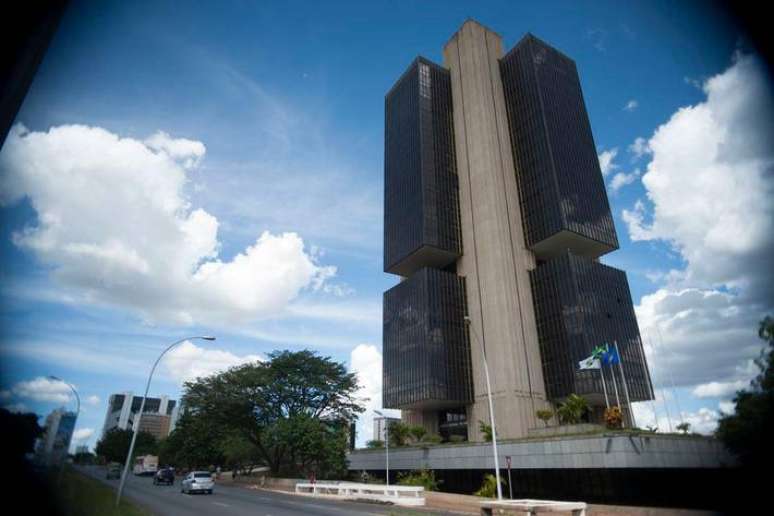The meeting of the Copom is one of the main activities of the Central Bank
The meetings of Monetary Policy Committee (Copom) From Central Bank (CB) has begun to attract the attention of Brazilian society in recent months. However, although much is said about the organ, due to the Selico – basic interest rate of the Brazilian economy -, many people do not know how the entity’s decisions work.
Established in 1996, Copom’s goal is to establish the guidelines of the Brazilian monetary policy and define the interest rate. The decisions of the body – independent since 2019 and currently chaired by the economist Robert Campo Neto (2021-2024) – influences and directly influences the daily life of Brazilians.
Formally, in addition to defining the Selic rate, the Copom is responsible for disclosing the inflation. In short, the agency seeks to control the currency and keep Brazilian inflation within the so-called inflation target, defined by the National Monetary Council (CMN). Learn more about the agency below.
What is Copom?
● The Monetary Policy Committee (Copom) is the body of the Central Bank, made up of its president and directors, all appointed by the President of the Republic and approved by the Council Federal Senate;
● The body is responsible for setting monetary policy in Brazil. It is Copom’s responsibility to set the interest rate and publish the inflation report.
When does the Copom meeting take place?
● Every 45 days (eight times a year), committee members meet to decide whether to maintain or change the base interest rate target.
● The meetings are normally held on two consecutive days and the meeting calendar is published by Copom itself one year in advance. Copom’s ordinary meetings are divided into two sessions, the first reserved for technical presentations on the economic situation and the second dedicated to the definition of the Selic Rate target.
Purpose of the Copom meeting
● One of the main topics discussed in the Copom meetings concerns the value of the Selic rate, the base interest rate of the Brazilian economy;
● Selic is used by both banks and other financial institutions as a reference for granting loans, financing and investments. In short, it is a tool to control inflation and stimulate economic activity;
● During the meeting, Copom members analyze various economic indicators, such as inflation, economic activity, price trends, among others;
● Based on these analyses, Copom decides whether it is necessary to increase, reduce or keep the Selic rate unchanged.
Implications of the Copom decision
● The Selic rate has a direct impact on economic variables, such as the cost of credit, investments, consumption and the exchange rate;
● It also influences monetary policy, interest rates charged by banks and the level of economic activity;
● Copom’s decision also affects the trend of prices, the financial market and investments.
Source: Terra
Rose James is a Gossipify movie and series reviewer known for her in-depth analysis and unique perspective on the latest releases. With a background in film studies, she provides engaging and informative reviews, and keeps readers up to date with industry trends and emerging talents.







